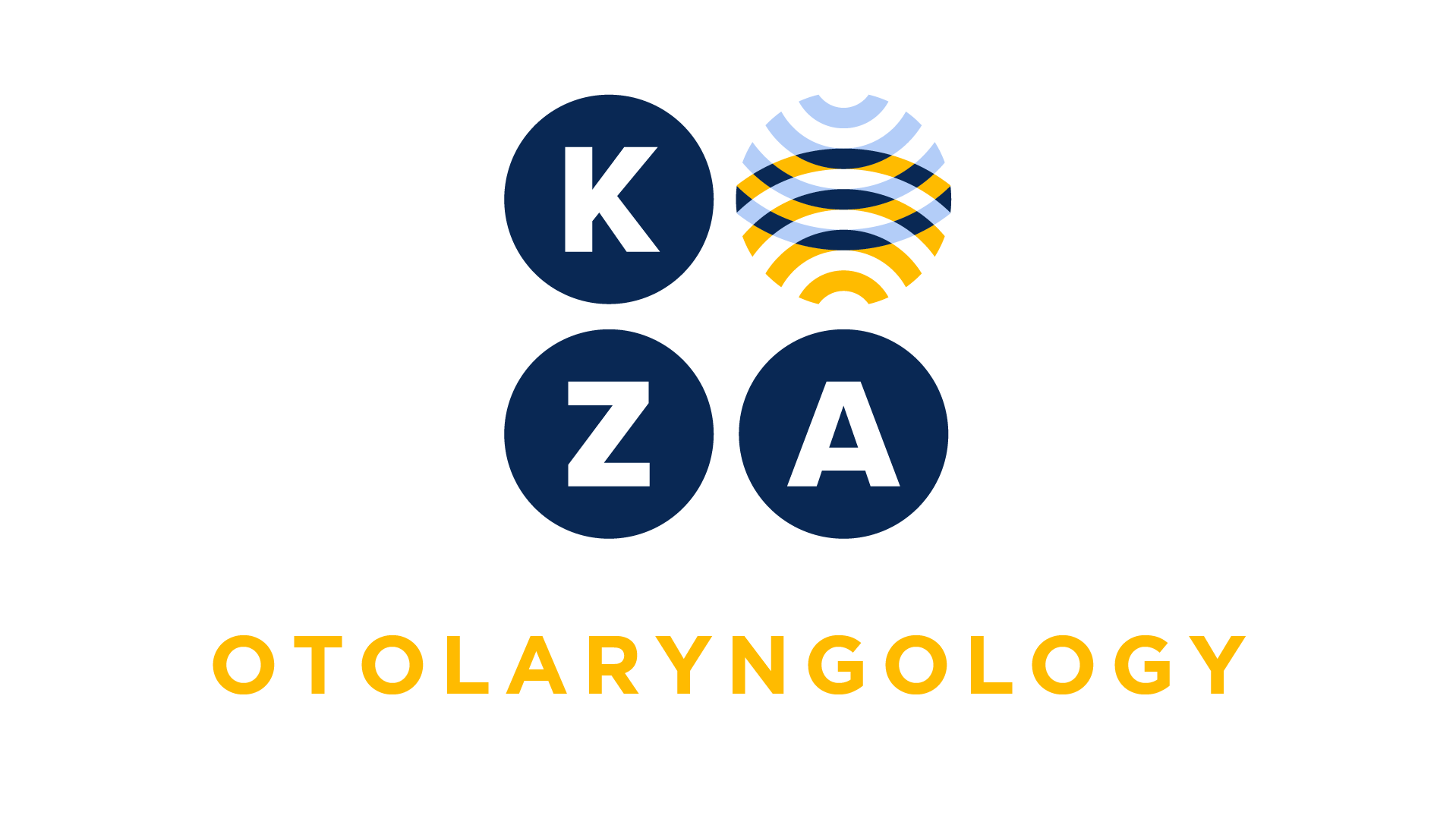
Choose your specialty from the list below to see how our experts have tackled a wide range of client questions.
Looking for something specific? Utilize our search feature by typing in a key word!
Adjacent Tissue Transfer
A few years ago I was at your coding workshop in Chicago – you were great, Kim! I remember discussing the adjacent tissue transfer or rearrangement codes and you said we need a size dimension to code for CPT 14040 or 14041 or any of the ATT codes. Do you have a specific guideline or a resource that I can find to support this? As always thank you so much for your guidance.
Question:
A few years ago I was at your coding workshop in Chicago – you were great, Kim! I remember discussing the adjacent tissue transfer or rearrangement codes and you said we need a size dimension to code for CPT 14040 or 14041 or any of the ATT codes. Do you have a specific guideline or a resource that I can find to support this? As always thank you so much for your guidance.
Answer:
Thank you for your kind words! Sure – just look in the CPT book in the Guidelines for the Adjacent Tissue Transfer or Rearrangement codes. The last paragraph defines the terms primary and secondary defects. The CPT codes themselves are defined by square centimeters – this is the total sq cm of each defect (primary and secondary). When you use a CPT code that has a dimension in the description, such as sq cm or linear cm, then that dimension must be documented to support the billed code. It is very important for you to document the primary defect dimension and secondary defect dimensions separately. These two dimensions are added together to “equal” the CPT code.
*This response is based on the best information available as of 04/7/22.
ER Visit Coding
What code do we charge for an ER visit when our physician was called to the ER by the ER doctor? The patient has Medicare.
Question:
What code do we charge for an ER visit when our physician was called to the ER by the ER doctor? The patient has Medicare.
Answer:
If the patient was not admitted by you to the hospital (e.g., they were admitted by another service or discharged), then you code it as an ED visit, 9928x, when the payor does not recognize the consultation (9924x) codes.
*This response is based on the best information available as of 03/24/22.
Office Visit & Procedure on Same Day – Using Modifier 25
We frequently do a flexible laryngoscopy (31575) or nasal endoscopy (31231) when we see a patient. We always bill the office visit code with modifier 25. Lately, we seem to be getting more denials and have to send in our note for justification. We don’t always get paid. Can you shed any light on this issue?
Question:
We frequently do a flexible laryngoscopy (31575) or nasal endoscopy (31231) when we see a patient. We always bill the office visit code with modifier 25. Lately, we seem to be getting more denials and have to send in our note for justification. We don’t always get paid. Can you shed any light on this issue?
Answer:
Good question and our clients are telling us they are also seeing more denials for modifier 25. The answer is long and complicated which is why Kim is doing a webinar on proper use of modifier 25 on March 23, 2022. In general, frequently it is appropriate to report both an E/M code and the minor procedure on the same day for new patients. However, for established patients where you’re evaluating them for the same problem and you do the procedure it may only be appropriate to report the procedure code if you are not changing the plan of care or doing any additional medical decision making.
Be sure to sign up for Kim’s modifier 25 webinar here:https://karenzupko.com/using-modifier-25-in-otolaryngology-rewards-and-ramifications/. And, remember, the 2nd edition of Kim’s ENT coding book was recently published – you can order it here and get the KZA discount:https://karenzupko.com/the-essential-guide/.
*This response is based on the best information available as of 03/10/22.
Nasal Wall Reconstruction
One of our physicians is scheduling a nasal wall reconstruction with Latera®. He is wanting to use code 30465 (repair nasal vestibular stenosis). I know there is a code for Latera which is 30468 and I feel we should use this code. Please give me your opinion.
Question:
One of our physicians is scheduling a nasal wall reconstruction with Latera®. He is wanting to use code 30465 (repair nasal vestibular stenosis). I know there is a code for Latera which is 30468 and I feel we should use this code. Please give me your opinion.
Answer:
CPT 30468 was created specifically for procedures such as the Latera implant. It is absolutely incorrect to use 30465 for this procedure.
*This response is based on the best information available as of 02/24/22.
Postop Endoscopic Sinus Debridements
If one of our physicians performed a septoplasty and sinus surgery and then the patient comes in the office for a 31237 (endoscopic sinus debridement), would we use a modifier 79 (unrelated procedure in a global period) or 58 (staged/anticipated procedure in a global)?
Question:
If one of our physicians performed a septoplasty and sinus surgery and then the patient comes in the office for a 31237 (endoscopic sinus debridement), would we use a modifier 79 (unrelated procedure in a global period) or 58 (staged/anticipated procedure in a global)?
Answer:
You’ll use modifier 79. The debridements are unrelated (modifier 79) to the procedure for which you are in a global period (septoplasty, 30520, 90 day global period).
*This response is based on the best information available as of 02/10/22.
Why this NCCI Edit?
In the office, one of our physicians, performed 31296-50 (endoscopic dilation frontal sinus), 31295-50 (endoscopic dilation maxillary sinus) and 69706 (endoscopic eustachian tube dilation). The insurance is paying on the 31296 and 31295 but will not pay on the 69706 because Medicare considers it unbundled. Why is the ear procedure is considered bundled?
Question:
In the office, one of our physicians, performed 31296-50 (endoscopic dilation frontal sinus), 31295-50 (endoscopic dilation maxillary sinus) and 69706 (endoscopic eustachian tube dilation). The insurance is paying on the 31296 and 31295 but will not pay on the 69706 because Medicare considers it unbundled. Why is the ear procedure is considered bundled?
Answer:
Yes, this is a problem. For some reason, Medicare’s National Correct Coding Initiative (NCCI) edits bundle the new eustachian tube dilation codes with endoscopic sinus codes, and other procedures like a direct laryngoscopy and bronchoscopy. It is not clear to us why NCCI would bundle these very separate procedures. Not only that, but most of the edits do not allow a modifier to override it.
Anyone can express concerns about NCCI edits and request a change. Here is the NCCI Contractor contact information:
National Correct Coding Initiative Contractor
Email:NCCIPTPMUE@cms.hhs.gov
P.O. Box 368
Pittsboro, IN 46167
Fax #: 317-571-1745
Refer to the CMS website for more information about NCCI edits:https://www.cms.gov/Medicare/Coding/NationalCorrectCodInitEd
*This response is based on the best information available as of 01/27/22.
Do you have a Coding Question you would like answered in a future Coding Coach?
If you have an urgent coding question, don't hesitate to get in touch with us here.

